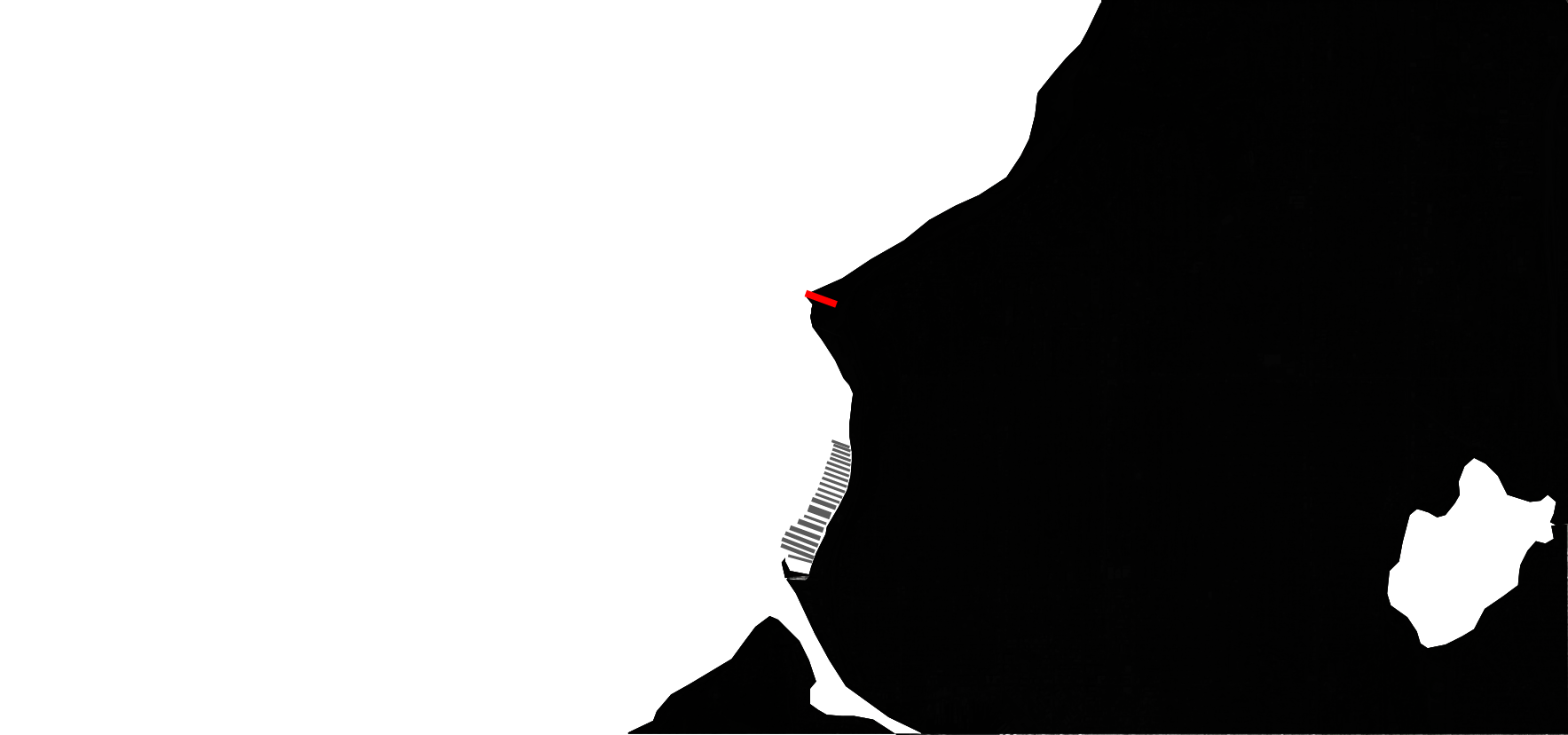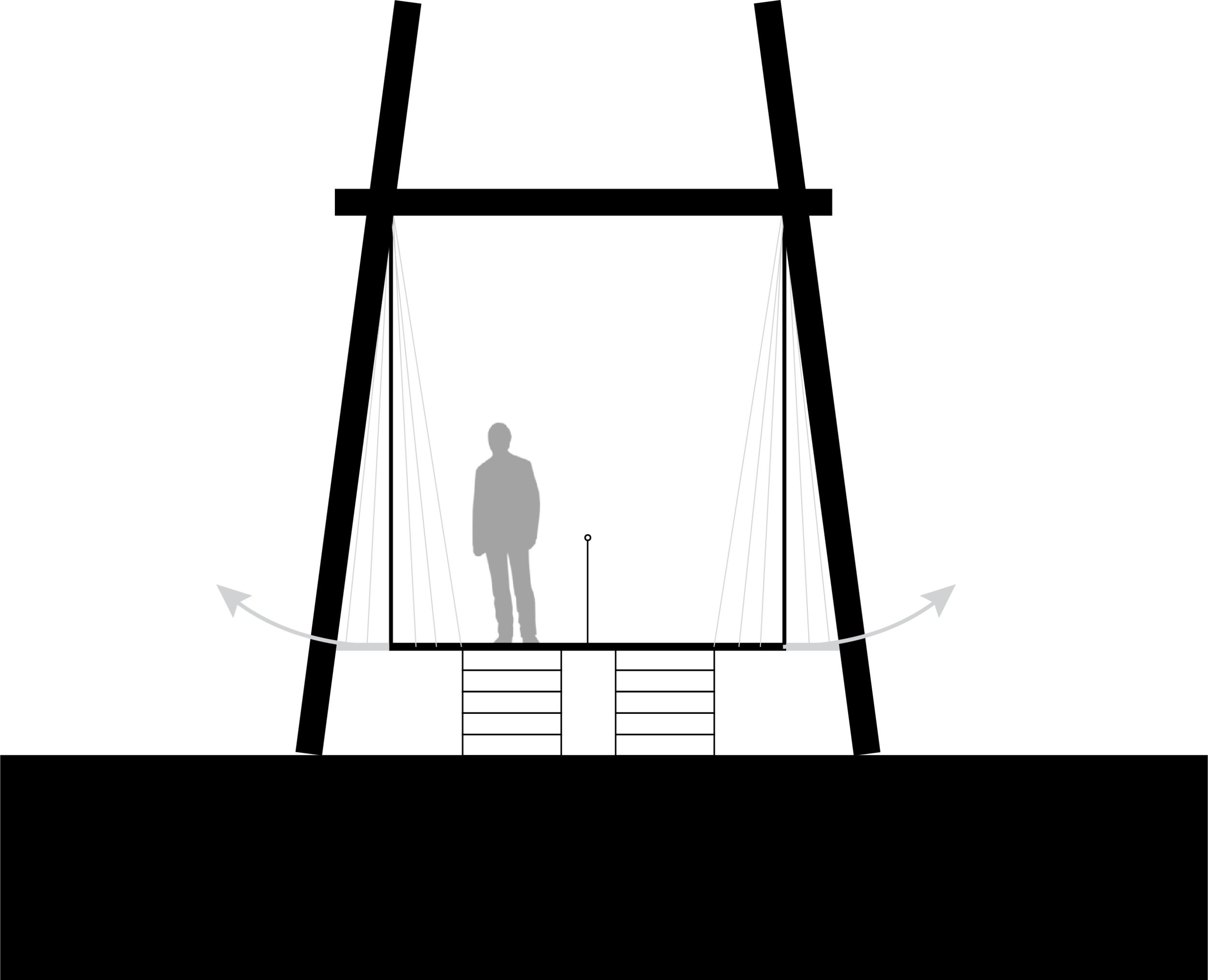KNOTS FOR A SAIL
San Francisco, California, USA
“People ignore design that ignores people”
CONCEPT
Of all the artifacts in maritime tradition perhaps none were as ubiquitous, and therefore so little considered, as the rope (and its expression, the knot) and canvas (and its expression, the sail). In order to celebrate the ordinary and foster an awareness of and relationship with these simple nautical objects, our project is an attempt to call attention to the intimate interactions between artifact, space, and body in our lived experience. Integral to our exhibit is the belief that it is not narrative, symbolism, or metaphor that gives full life to things, but rather an inherent “thing-ness” present in the immediate, physical experience of an object, a visceral response passing from artifact to body, that allows objects to survive in memory as tangible, knowable, and powerful.
Our hope is that this exhibit becomes a means by which Architecture, capable of engaging the sensory and atmospheric totality of our fleshy, embodied existence, serves as a focus for the relationship between artifact and body, creating a space that confronts the participant with the immediate, essential realties of rope, knot, and sail.
DESIGN
Drawing on the ropewalk typology, our exhibit is a narrow 720 foot-long walkway suspended from a rhythmic structure of canvas sheets and timber frames that pass from land to sea. The spray of salty foam, the cry of gulls, and the tang of ocean brine become important elements of the exhibit, providing an immersive environment that heightens an awareness of each artifact and its nautical pedigree. The commanding span recalls the standard length of rope in the clipper ship era and allows rope to be confronted in its uncoiled (and most useful) state. Along the center of the walkway is a single length of rope into which are tied a series of knots that can be felt and examined. Walking on a deck that is lifted from the ground plane and subject to the play and gust of coastal breezes, the exhibit in an engagement of the participant’s whole body, providing a passively didactic, first-hand experience of a sail’s atmospheric sensitivity as the structure creaks and sways in the wind.






